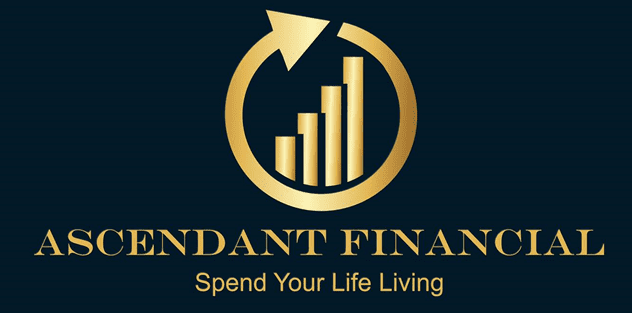4 – Multi generational Wealth Building Strategies
What We Covered
How the family banking system; leveraging cash‑value life insurance, can create sustainable, tax‑efficient passive income for retirees and build intergenerational wealth, often outperforming traditional RRSP or pension strategies.
Why Clients Use This Strategy
Clients turn to multi-generational wealth building through the family banking system because traditional retirement plans often fall short. This approach:
Creates tax-free passive income in retirement using policy loans from whole life insurance.
Reduces reliance on volatile or taxable retirement accounts like RRSPs or market-based pensions.
Preserves and multiplies family wealth by passing on large, tax-free death benefits across generations.
Provides flexibility and control over retirement income compared to mandatory RRIF withdrawals.
Helps fund education, lifestyle, and estate planning goals without eroding capital.
Builds a financial legacy through properly structured policies on parents and children, creating up to $20M in long-term family benefits.
Clients value this strategy because it offers both security and scalability, especially when public pensions or employer plans are uncertain.
Key Insights By Timestamp
(00:57 – 02:20): The speaker surveys audience readiness for retirement and outlines the session: exploring public pension plans, the family banking system, passive income strategies, and case studies. Individual outcomes will vary.
(02:59 – 09:25): Breakdown of government pensions in Canada—Canada Pension Plan (CPP)/Quebec Pension Plan contributions, eligibility rules, early and delayed retirement adjustments, and maximum benefit ($1,364.60/month in 2025). Most people only receive about 60% of maximum.
(14:05 – 19:22): Overview of Old Age Security (OAS) and the Guaranteed Income Supplement (GIS): eligibility criteria, income thresholds, benefits scale up to ~$728/month OAS (2024 values) and GIS for low-income seniors (non‑taxable), with most retirees earning $1,255/month total from public sources (≈$15 k/year).
(21:44 – 26:34): Employer-based pension plans: Defined Benefit (DB) plans offer a calculated income based on final or average earnings × years of service (capped at ~$3,610/month in 2024); Defined Contribution (DC) plans depend solely on contributions and investment performance—no guaranteed payout.
(27:50 – 32:16): Personal retirement accounts like RRSPs must be converted by age 71 to RRIFs with mandatory minimum withdrawals (e.g. 5.28% at age 71), which are taxable and can affect taxes and estate planning.
(33:45 – 46:26): Case study of “John,” age 45 in Ontario: investing CAD 25,000/year into a cash‑value life insurance policy (infinite banking concept) for 20 years yields CAD 49,347/year tax‑free for retirement, compared to taxable RRSP withdrawals. Policy leaves $667K death benefit to estate; RSP strategy runs out in ~15 years.
(47:16 – 1:03:29): Family banking case study: Lucas (43), Sophie (43), and two children funded life policies for 22 years. Combined premiums CAD 1.4M → family death benefit ≈ $8M and cash value CAD 2.45M. Parents fund retirement using children’s policy loans (~CAD 56K/year) tax‑free; children inherit multi‑million death benefit each. Total intergenerational estate potential ≈ $20M.
